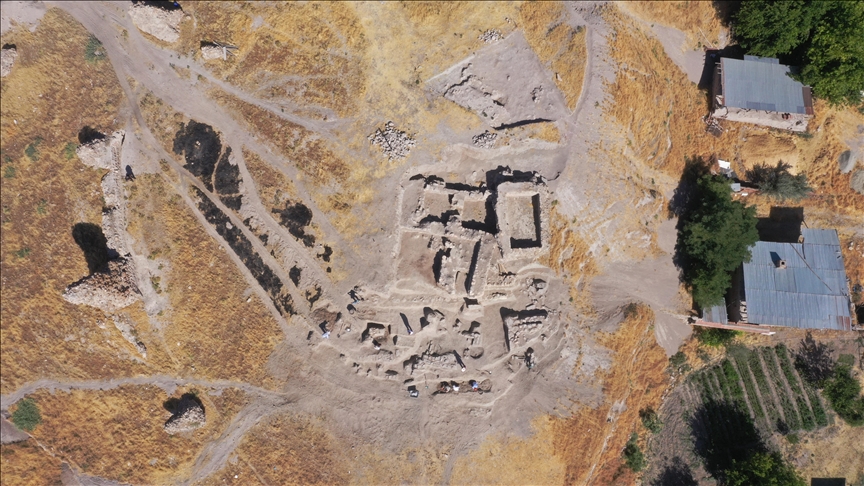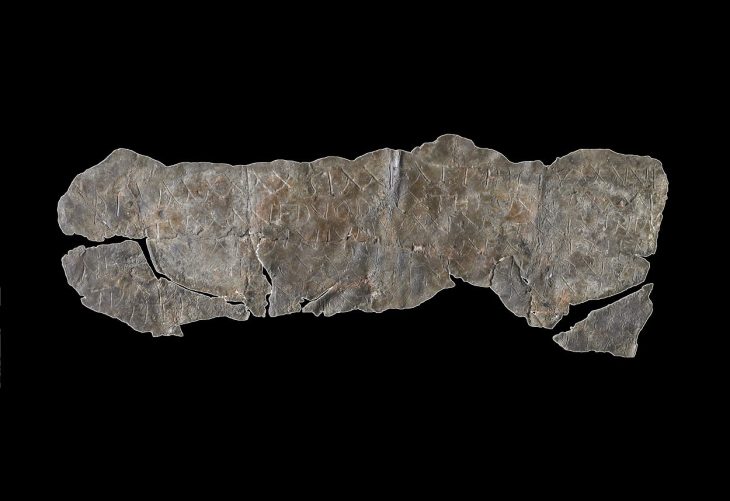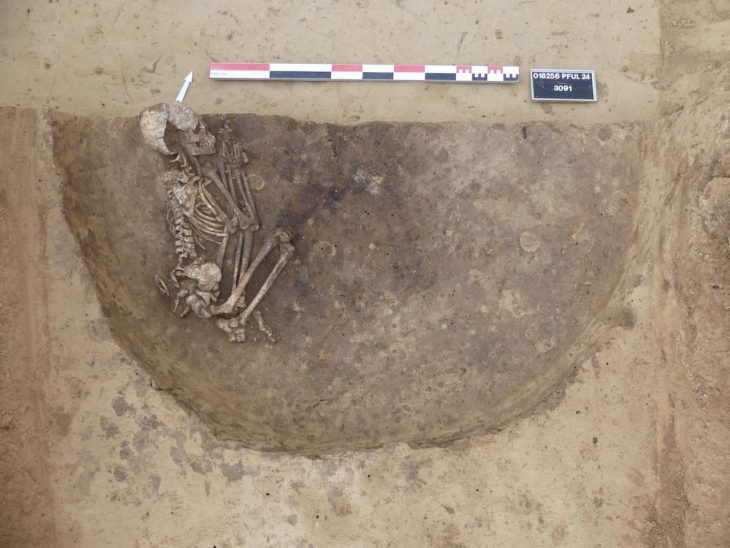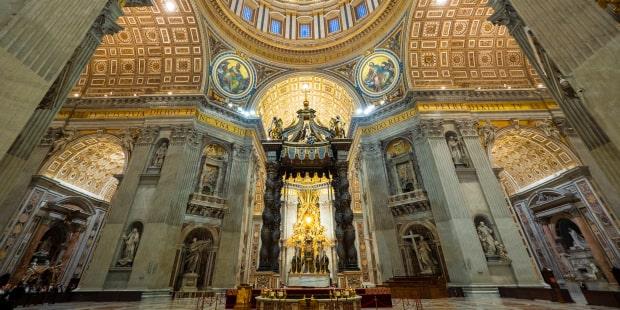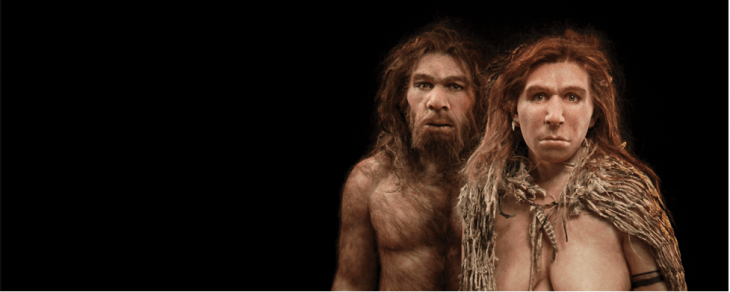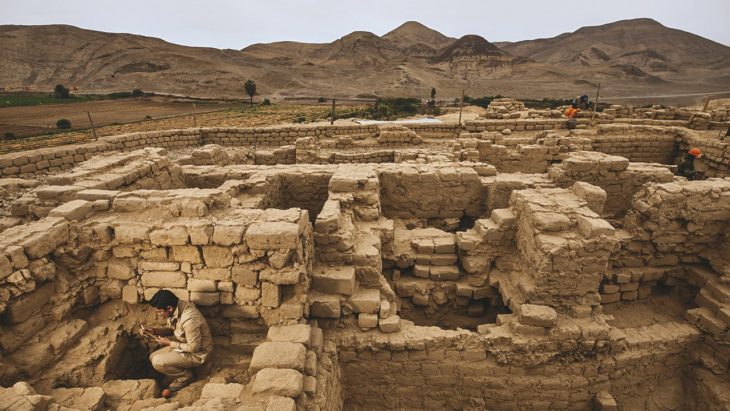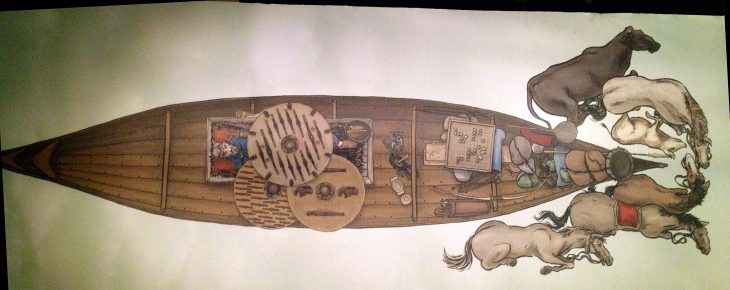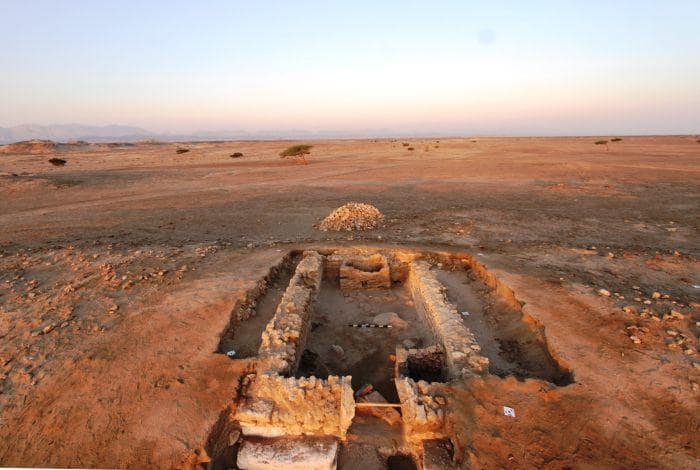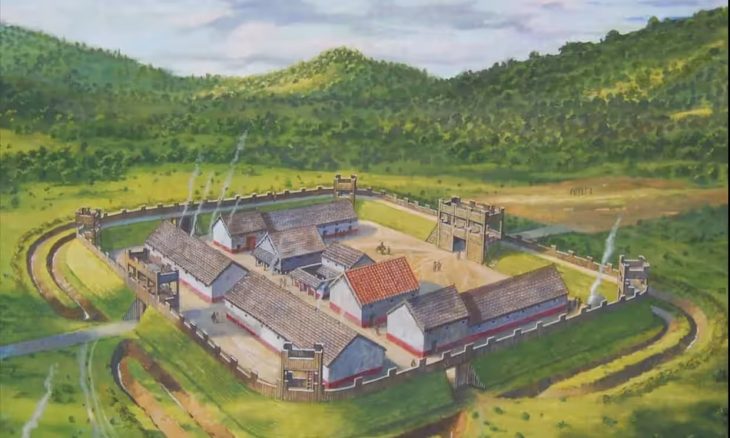Archaeologists have discovered a 6,000-year-old temple site during ongoing excavations in the village of Tadım, located in Elazığ Province, eastern Türkiye. The site, dating back to the Late Chalcolithic and Early Bronze Age, reveals one of the earliest known examples of ritual architecture in the Upper Euphrates Basin.
The excavation project, conducted under the coordination of the Ministry of Culture and Tourism and led by the Elazığ Museum Directorate, focuses on the Tadım Fortress and Mound (Tadım Höyüğü), a prominent archaeological mound standing approximately 35 meters tall and covering an area of 210 by 160 meters. This site is believed to have been a significant religious and settlement center for ancient communities.
Ritual Structures and Sacrificial Evidence
In the 80–81 numbered grid sections of the mound, researchers unearthed a temple complex featuring a ritual “blood channel” containing human and animal remains, along with an altar stone bearing knife marks. These findings suggest that sacrificial rituals—possibly involving both animals and humans—were performed as offerings to deities, reflecting the spiritual beliefs of the period.
The team also uncovered four podiums, likely used for placing votive offerings, a sacred hearth, and various ceremonial and domestic items. Among the artifacts were:
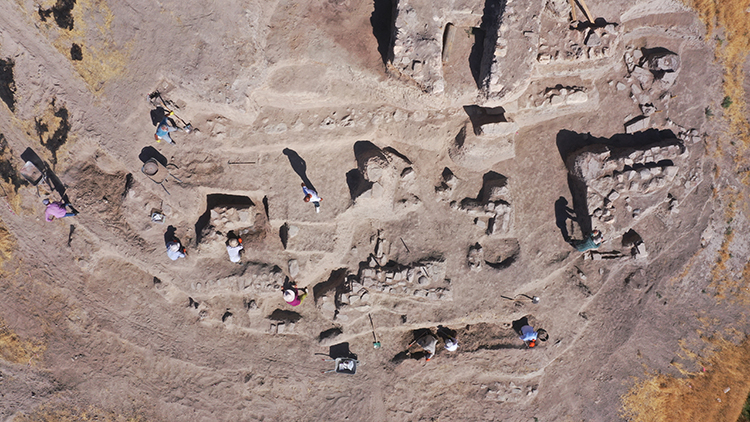
Nakhchivan-style pottery,
📣 Our WhatsApp channel is now LIVE! Stay up-to-date with the latest news and updates, just click here to follow us on WhatsApp and never miss a thing!!
Seal stamps used in agricultural transactions,
Arrowheads and tools from daily life,
Spindle whorls for textile production, and
Idol figurines made of stone, clay, and bone—representing early forms of symbolic or religious expression.
Insights Into Early Urbanization
Excavation supervisor Ergün Demir noted that the architectural remains consist of rubble foundations with mudbrick walls, a construction method that provided resistance to natural disasters and invasions. The layout suggests a pattern of closely spaced structures, indicating early forms of urban planning and communal living.
“This period marks the beginning of more organized settlements in the region,” Demir said. “The evidence from Tadım shows not only religious practices but also early signs of social complexity and economic activity.”
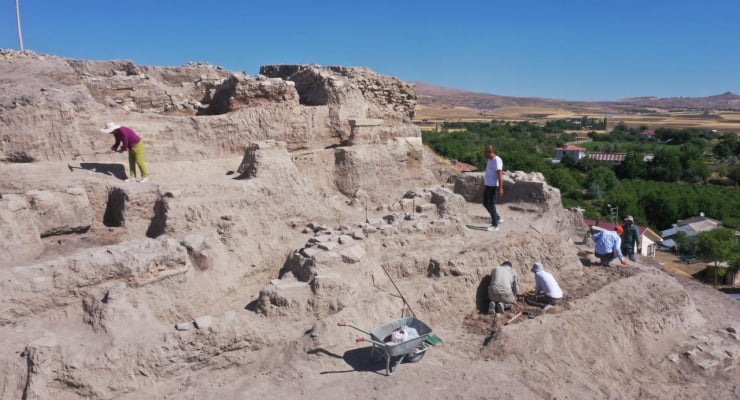
A Key Site in Anatolian Archaeology
Tadım Höyüğü is now recognized as one of the most promising archaeological sites in eastern Türkiye. The region, located near the Euphrates River, has long been considered a cultural crossroads, linking Mesopotamia to Anatolia. The ongoing excavations are expected to shed further light on trade, agriculture, and belief systems of prehistoric societies.
Ahmet Demirdağ, Elazığ’s Provincial Director of Culture and Tourism, emphasized the significance of the discovery: “This is the first known temple site in the region. The findings give us a rare glimpse into life here 6,000 years ago—how people lived, worked, and worshiped. As we continue to dig, we believe we’ll uncover even older layers of history beneath.”
Excavations are also being carried out at other key locations in Elazığ, including Harput Castle, Palu Fortress, and Salkaya Village, as part of a broader effort to uncover and preserve the region’s rich cultural heritage.
Cover Image Credit: İsmail Şen / Anadolu Agency (AA)

